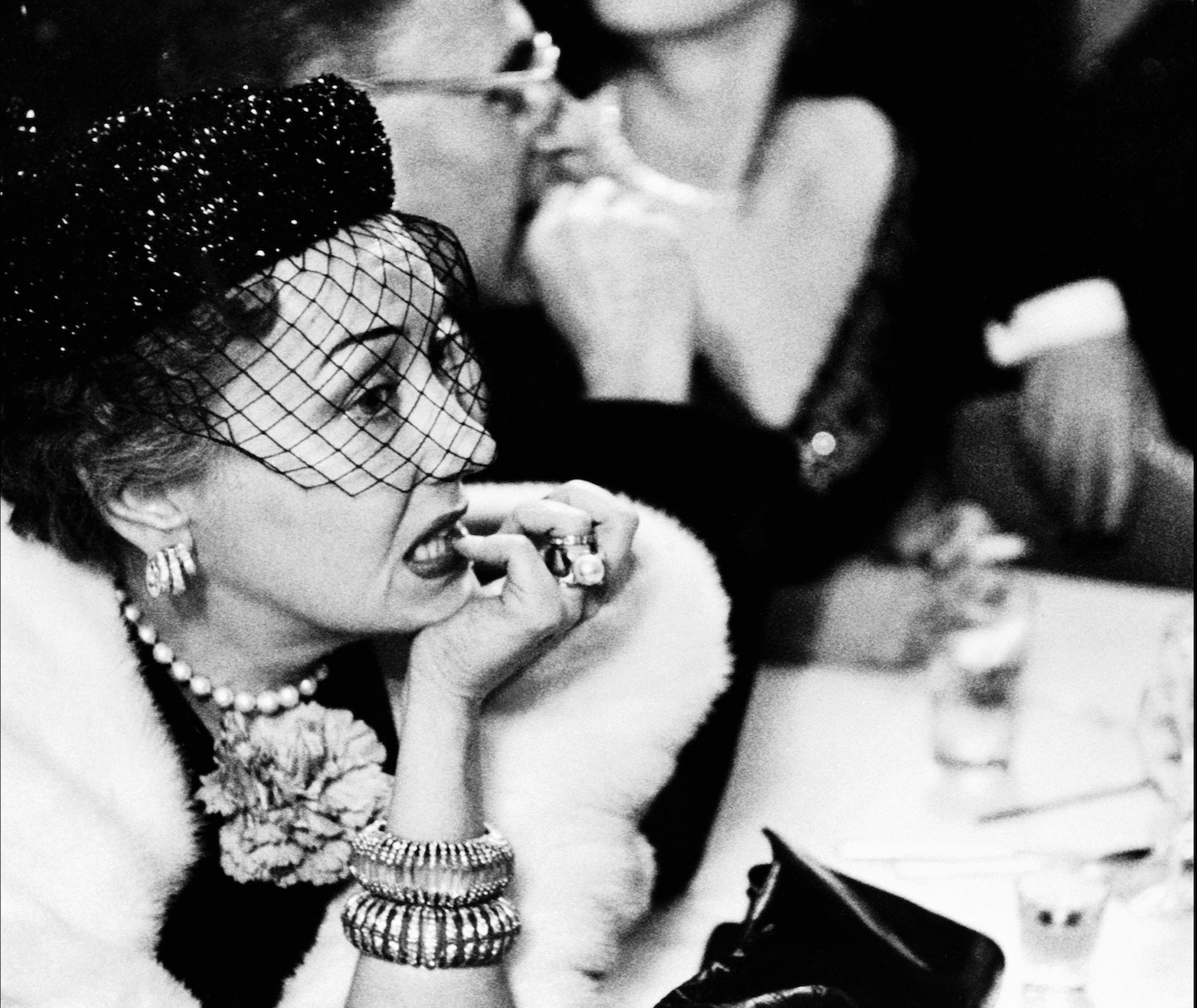
Born in Thessaloniki in 1915, Maria Plyta was a director, producer, writer and editor who disappeared from the canon of 1950s and 60s Golden Age Greek cinema. Here Marina Zigneli dives into archival gaps to paint the portrait of a prolific, revolutionary, self-taught filmmaker who smuggled in complex social ideas into commercial-scale movies.
In the only interview of hers that survives to this day, dating back to 1979, Maria Plyta (1915-2006), Greece’s first female director, brushes aside the idea of being a pioneering figure for women in film, offering a pragmatic response instead: “I simply saw myself as a laborer who had to work hard to make a living.” And yet, she was the first. While big, household names like Finos, Cacoyannis, Tzavellas and Sakellarios were shaping what would later be known as the Golden Age of Greek Cinema, Plyta was doing something even rarer: claiming space where none had been offered.
Plyta’s filmography counts 17 films, a staggering achievement in an era when women were barely allowed behind the camera and one that still places her as the most prolific female filmmaker in Greek cinema to date. She directed, she wrote, she produced, she edited; and then, almost imperceptibly, she disappeared. As the men of the 1950s and 1960s Greek cinema were immortalized, Plyta remained on the periphery of both the industry and its memory. Yet her absence from the Greek and international film history canon is as telling as her presence once was.
When our research group started digging deeper into who Maria Plyta was, the questions multiplied with every clue we came across. Greek cinema history books included very brief if any mentions of her films, while her life was barely acknowledged. In searching for the films themselves, we usually met dead ends or archival gaps. For the films that we did manage to trace back to their current rights holders, their preservation status was uncertain. What struck us as particularly unusual was the silence surrounding works that, by all accounts, had once been commercially successful. Despite all that, what did surface, often through grainy television recordings of the films circulating online, was the legacy of a woman who wrote and directed popular melodramas, who placed unapologetic female characters at the center of her stories, and who portrayed men not as heroes, but as human beings with both flaws and positive qualities. And this is all the more striking considering the strict censorship framework that governed post-war Greek cinema. Plyta slipped complex characters and ideas into the mainstream, working within an unjust system and yet always pushing a bit further.
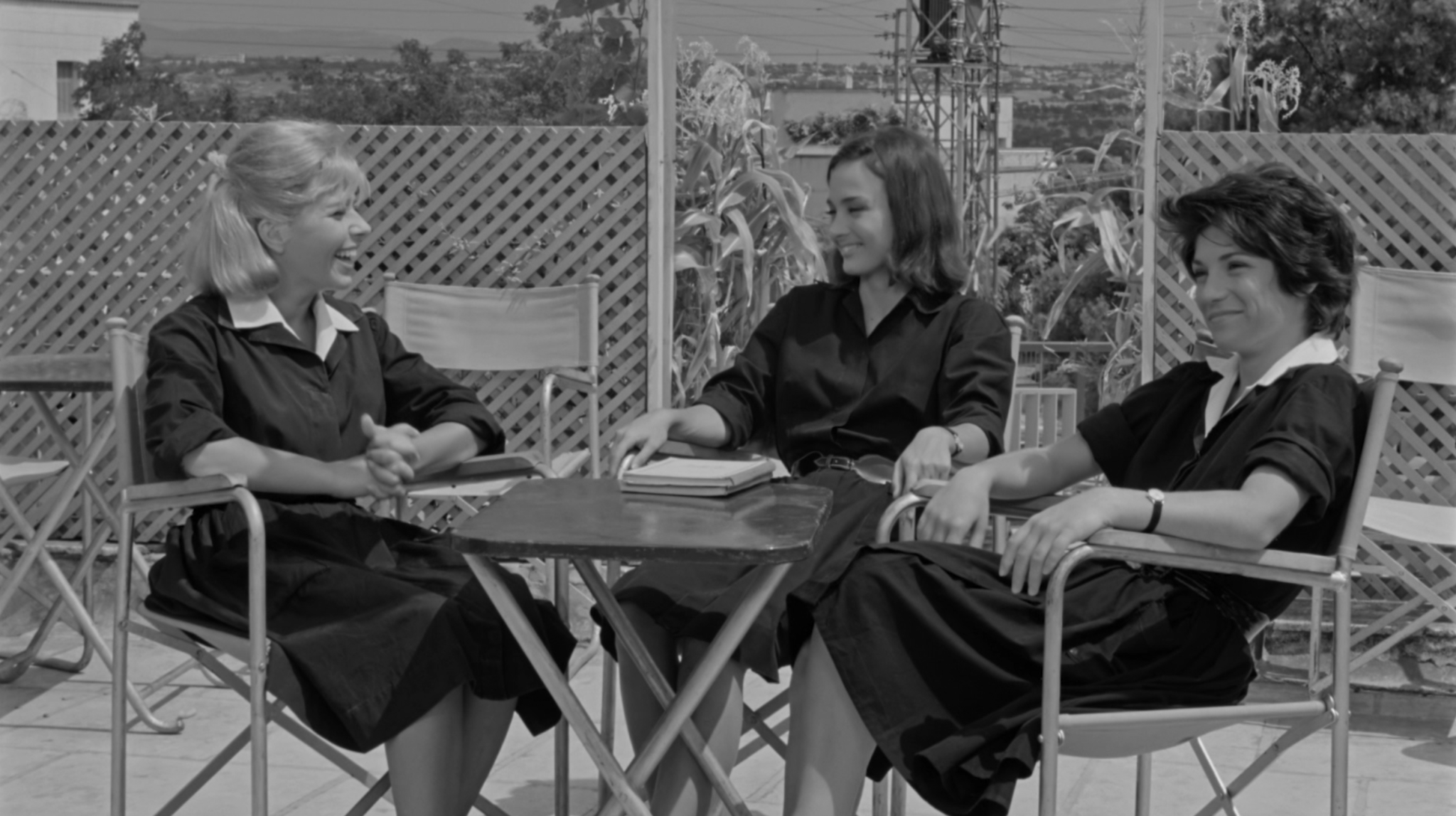
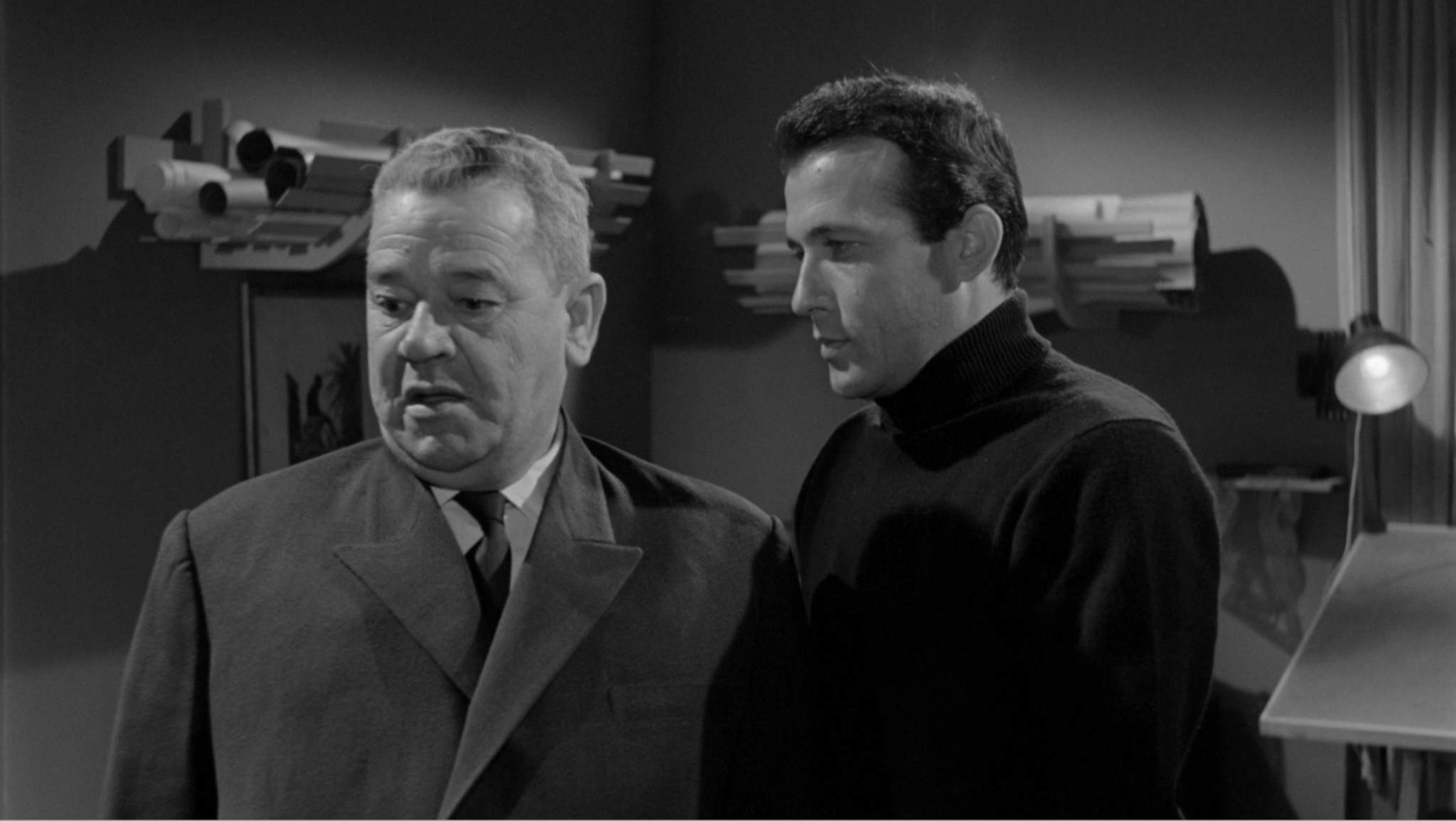
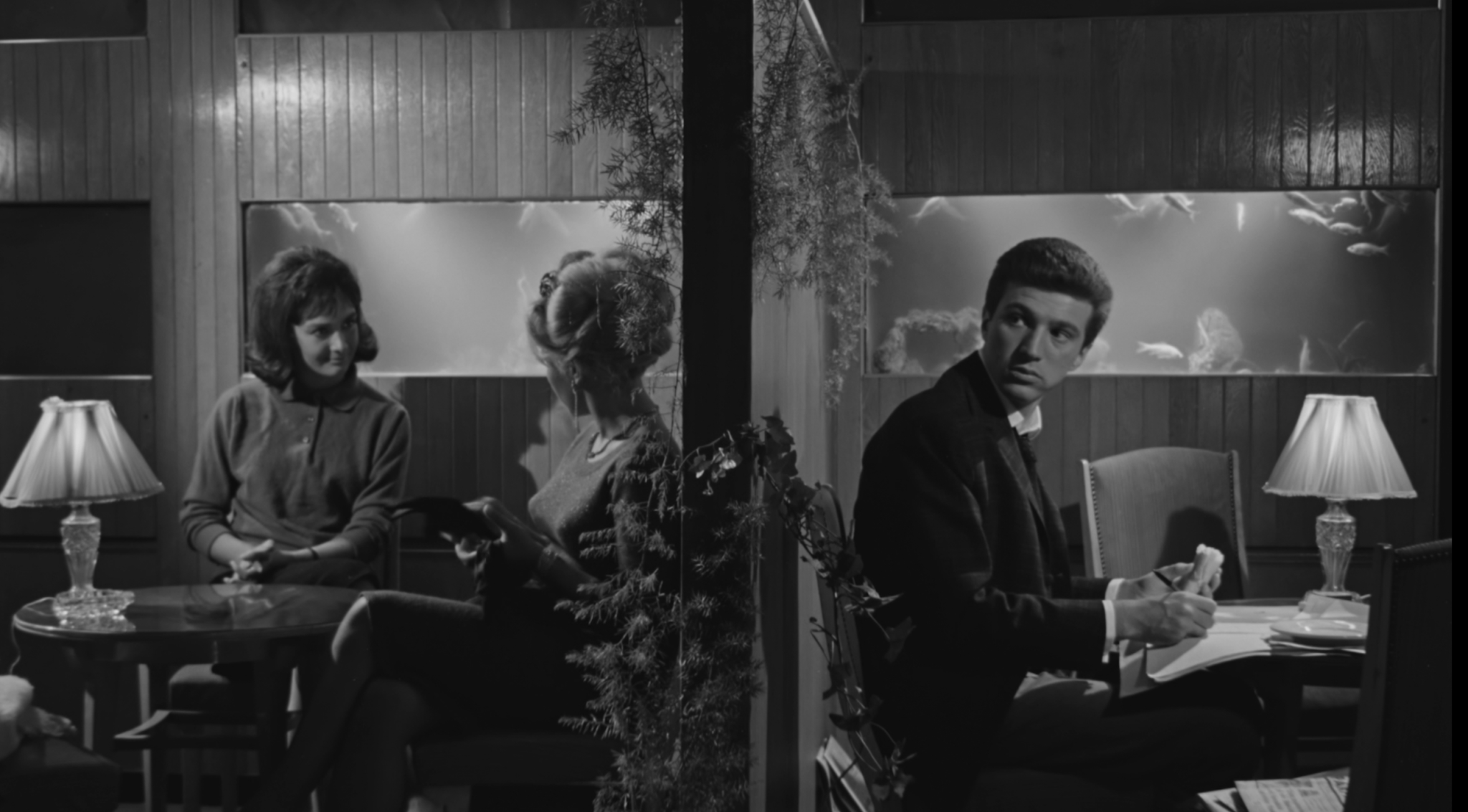
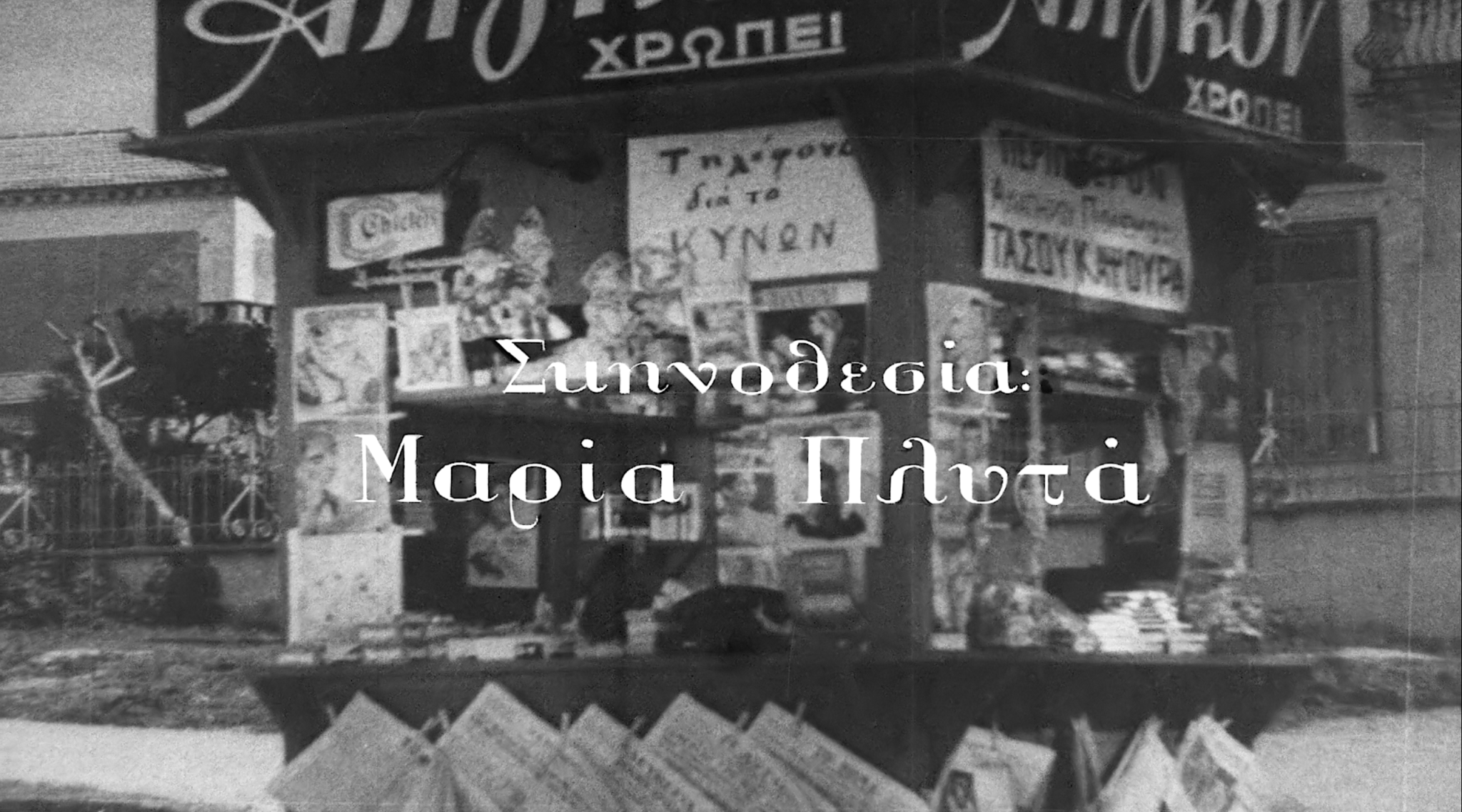
Before stepping into the film industry, Plyta had already established herself as a storyteller and writer, having published two novels and an acclaimed stage play. According to her 1979 interview with Gay Angeli, she began working in cinema shortly after World War II, during the tumultuous years of the Greek Civil War, simply to make ends meet. The first film she worked on was Yorgos Tzavellas’ Marina (1947), though her name does not appear in the opening credits. The next was Alekos Sakellarios’ Marinos Kontaras (1948), a film now considered lost, which was released the same year Plyta started working on her directorial debut: an adaptation of Dimitris Bogris’ stage play, The Engagement (T’Arravoniasmata, 1950).
With The Engagement, Plyta launched what would become a two-decade-long career behind the camera—one grounded in the social concerns of her time, yet expansive in thematic range. Working within the conventions of mainstream cinema, her films reflected the domestic conflicts, moral tensions, and shifting cultural norms of a post-war Greek society. In Eva (1953), she explores a wife’s extramarital affairs and the claustrophobia of an unhappy marriage, foreshadowing future modernist films that examine marriage as an oppressive mechanism. Plyta also directed the first female biopic in Greece. Duchess of Placentia (1956) explores themes of exile, and female agency through the life of Sophie de Marbois-Lebrun, a key figure in the 19th-century Greek political and philanthropic scene. The comedy Jeep, Kiosk and Love (1957) reflects post-war anxieties surrounding modernization and the arrival of new technologies, while her second comedy, I Am a Man and… I Will Do as I Please (1960) follows a woman determined to find a place in the workforce without compromising her autonomy, a theme that resurfaces, with greater dramatic weight, in The Uphill (1964). In The Shoe-Shine Boy (1962), The Victor (1965), and The Poor Merchant (1967), she turns her attention to working-class young men who struggle to balance education and survival. Across genres and character types, Plyta returns again and again to the question of how ordinary people—especially women—navigate the tension between personal desire and social constraint in a world in flux.
Across genres and character types, Plyta returns again and again to the question of how ordinary people—especially women—navigate the tension between personal desire and social constraint in a world in flux.
Marina Zigneli
A telling example of Plyta’s ability to have her films openly discuss with those of her contemporaries can be found in I Am a Man and… I Will Do as I Please! (1960). In it, she tells the story of Nineta (Voula Harilaou), a woman constantly dealing with the unwanted advances of her male employers. Desperate, she and her friends come up with a bold plan: Nineta will disguise herself as a man to eventually secure a job. As they map out their plan, Nineta sings a line from the hit song “I Am a Man and I Will Do as I Please,” a popular anthem from Sakellarios’ film, The Hurdy-Gurdy (Laterna, Ftohia kai Filotimo, 1955). By directly referencing one of the most beloved films of the era, Plyta ties her narrative to the cultural zeitgeist, and reclaims the phrase for a woman forced to perform masculinity just to survive. Though Plyta herself never had to pretend to be a man in the industry, the scene reveals how far a woman might have to go to earn a living and how deeply the director understood the challenge of working in an industry that wasn’t made for her.
A few years later, in The Uphill (1964), Plyta revisits the issue of women navigating the male-dominated job market. But what makes The Uphill particularly intriguing is its origin. As we recently managed to acquire the first editions of Plyta’s two novels, we realized that The Uphill is actually an adaptation of Plyta’s own novel, Bound Wings (Demena Ftera), published in 1944 and dedicated, as the first page indicates, “to the girl that works”. Both in the novel and the film, Plyta explores the range of choices young women face as they leave school and step into adulthood, in a post-war Greek society when the workforce was gradually becoming more accessible to women in cities. The protagonist, portrayed in the film by the well-known Xenia Kalogeropoulou, remains firm on her decision to build a career, seeking financial independence and stability. Around her, friends imagine different futures: falling in love, marrying for money, having children or remaining child-free. Plyta doesn’t rank these paths; instead, she lays them out like cards on a table, presenting each one as a valid expression of desire, survival, or hope. And she does so with care, casting Kalogeropoulou, a major star of her time, as a woman chasing her own future. Through her, Plyta draws mass audiences in with a familiar face, only to offer them something unexpected. Reshaping the expectations stardom brought along was a method she returned to often throughout her career, as she got to work with some of the most popular and recognizable actresses and actors in the 1950s and 1960s.
All the above paints the picture of a revolutionary, self-taught filmmaker, an individual who had an acute awareness of the film business. Lately, I’ve been thinking about the notion of desired paths—those trajectories carved by precedent and iteration. How many women behind the camera would it take for a country to create such a path? One where female stories are not the exception, but the norm; where the names of women filmmakers are not to be found in footnotes, but in book titles? I definitely don’t know the number, but I do know that the name of Maria Plyta is among them. She stands beside the likes of Ida Lupino in the United States, Muriel Box in the United Kingdom, Kinuyo Tanaka in Japan, Aziza Amir in Egypt; pioneering women who carved their own desired paths in male-dominated industries. Now, it falls to us to revise the film canon, celebrate their names and keep those paths wide open for those who will follow.
Foot Note
A research team on Maria Plyta consisting of Professor Betty Kaklamanidou, postdoctoral researcher Evdokia Stefanopoulou, and PhD candidate Marina Zigneli (author), has recently received the exciting news that the project, Plyta’s Unknown Cinema (PUC), has been awarded substantial funding by the Hellenic Foundation for Research and Innovation (2025–2028)—a rare and meaningful acknowledgment of the importance of film heritage and the need to reframe the position of women within it.




